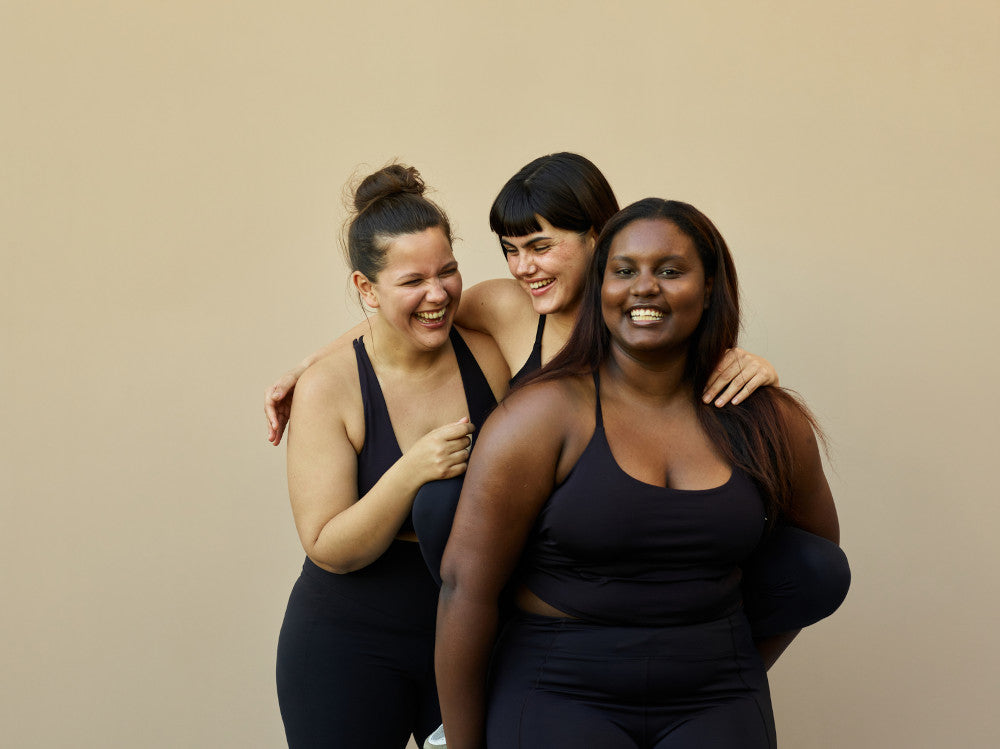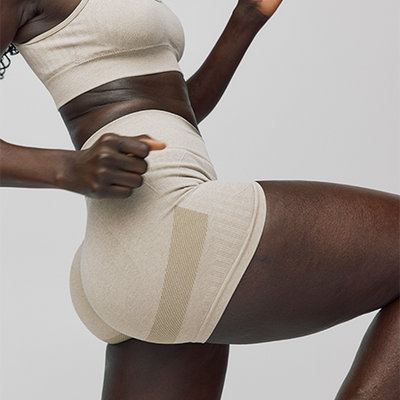

“If vaginas don’t get looser, then why are larger and firmer cups always recommended to women who have given birth or are extremely active?”
What you said:- Sex doesn’t loosen the vagina, but childbirth and pregnancy can impact the pelvic floor muscles.
- Some vaginas require short and soft, big and medium, or short and hard.
- Length and diameter varies from person to person, and then with childbirth things shift and change position.
- I bought a bigger one because I’ve had two kids. It didn’t fit and I had to find a smaller one.
- I’m in my 20s, childless and I use a big, firm cup. It means that I don’t have to empty it as frequently.
What DIVA says:
A lot of fear exists around the notion of “looseness”. The truth is that every body is different and the body changes over the course of a lifetime. While postpartum vaginas and pelvic floor muscles may change from our pre-baby bodies, this isn’t a hard and fast rule.
With pregnancy and childbirth shifts occur and stress on the pelvic floor muscles can lead to weakening. This is much more common, however, after carrying and/or delivering multiple children.
These are the muscles that hold menstrual cups in place in the vaginal canal. Tone of the pelvic floor muscles can also be determined by age, athleticism, as well as individual genetics.
According to our pelvic health expert, Keri Martin Vrbanac, these muscles can always be conditioned (toned or taught to relax—because overly tight muscles can cause equal number of challenges) with professional guidance. If you’re struggling with inserting the cup, removing the cup, having your menstrual cup pop open, stay open, or shifting upwards or slipping downwards in the vaginal canal, a pelvic health specialist can help. They can also help point you towards the correct sizing and firmness of cup.
If you’re researching on your own, try measuring your cervix height, checking out our sizing guide, and measuring your menstrual blood to determine if you have a heavy flow. As one respondent mentioned, the larger the capacity could mean emptying your cup less frequently.
Finding the correct size and firmness will take some research. Check in with our Consumer Experience Team or a pelvic health professional!
“Why is finding the right cup for you such a challenge?”
What you said: - I’m a 2nd year med student, and I’m still surprised by how low some cervixes are.

What DIVA says:
While we give general guidelines for sizing and positioning, using a menstrual cup is a personal experience, and will take some experimenting.
The first hurdle to overcome is getting intimate with your anatomy. This can mean measuring cervix height, monitoring flow volume, or inserting a finger to feel for cervix position. Try this at different points in your cycle to get an understanding of how it might fluctuate throughout the menstrual cycle.
We often only hear about a few anatomical variations, but even if we don’t hear about tilted cervixes, and other variations, that doesn’t mean that they’re not also common.
These images were created from casts of the inside of vaginas and show you a variety of internal vaginal shapes and sizes. There are long vaginal canals, short ones, low lying cervixes, high cervixes, tilted to the back, to the side, and more.
Finding the right cup or disc for your body doesn’t have to be daunting. Read through our sizing guide, speak with our Consumer Experience Team, and take time to get to know your anatomy. It will help you develop better body literacy and help you towards a better period experience!























